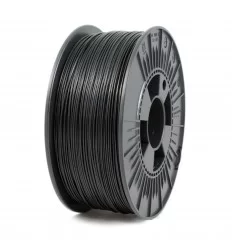0
Product:
Products:
(empty)
No products
To be determined
Shipping
0,00 EUR
Tax
0,00 EUR
Total
Prices are tax included
Product successfully added to your shopping cart
Quantity
Total
There are 0 items in your cart. There is 1 item in your cart.
Total products
(tax incl.)
Total shipping (tax incl.)
To be determined
Tax:
0,00 EUR
Total
(tax incl.)

ABS Filaments
There is 1 product.-
VFABS
SoluNOiD's own brand - Premium Filament properties Produced in Europe Tolerance of +/- 0.05mm Extra strong impact resistant Stable printing Light and durable Limited warping Notice: 1kg on the roll!
21,48 EUR0 Bedømmelser


